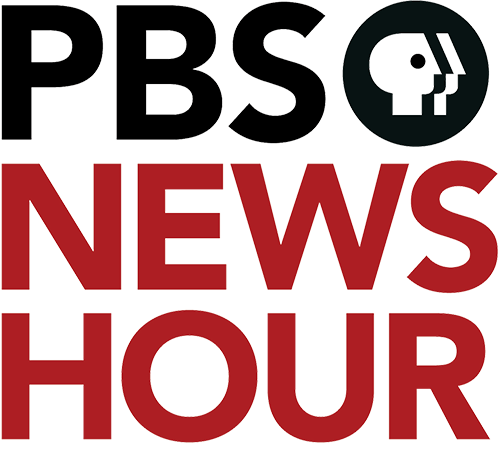Station Spotlight | KCPT – Helping Youth Become Informed Media Consumers and Citizens

SRL Connected Educator Keisha Collins at the PBS NewsHour anchor desk. Collins, a library technical assistant at the Kansas City Digital Media Lab, attended SRL’s 2018 Teacher Workshop and will work with Kansas City Public Television to incorporate SRL’s curriculum and prompts.
We checked in with Angee Simmons, Vice President of Education and Engagement at KCPT, to learn about the station’s plans to build a SRL hub in the city.
How will the Student Reporting Labs program benefit the station?
I don’t think we’ll fully realize what all the benefits for the program will be until we have year one under our belts. However, I think it’s safe to say that we feel that there is a real opportunity for us to begin building the next generation of public media makers and audiences. From a station perspective, it’s no secret that we can do more to serve students in middle and high school. This program carves out a new place for them to claim as their own and a reason to learn more about our other services to the community.
Why do you think it’s important to include the perspectives of young people at your local station?
Giving young people in our community a voice in our storytelling is a way for us to show them that they belong and that their ideas and contributions matter. If we’re having a conversation about issues that we know are important to them, like career pathways or teen suicide, then hearing directly from them is essential. We not only want them to be a part of determining what issues we should cover, but also how and where we are creating that content, whether that’s radio, for tv or online.
What are your goals going into an SRL classroom this year?
As we launch this school year, we are working with both a traditional classroom and an after-school program. We’re really eager to learn as much as we can about what is working and what is not in terms of how KCPT can encourage their storytelling and provide them a platform to share it. We have a lot of ideas brewing, from hosting Facebook Lives to inviting our students to participate in our weekly public affairs programming. We’ve just launched GroundSource and we’re hoping that we can identify one of the story pitches to use this tool. In addition, we’d like to develop mentoring opportunities for the students, so that their experience includes not only the SRL curriculum, but also a better understanding of how the media business works and how they can pursue a career in it. But in the end, we’re just really excited to see what kinds of stories they produce!
What role do you think youth voice can play at every station?
I think youth voice has more than just a role in storytelling. They offer unique perspectives in marketing, promotion, education, social media and engagement. We often say that our engagement work is about putting the “public” in public media, so that our stories and services are truly responsive. The youth in our community are no different, their contributions – whether through SRL, a student focus group or a history class that engages them around a documentary screening – can provide ideas on authentic communication and approaches to serving and amplifying the voices of students.
Why is it important to help build the next generation of public media producers and participants?
In this crazy media landscape, trust and thoughtful reporting is more important now than ever. Even if these students don’t go on to have public media careers, if we can help build their foundation of media literacy and honest reporting, then we will not only be providing a strong pipeline for newsrooms, but equipping them to be better media consumers and citizens.






